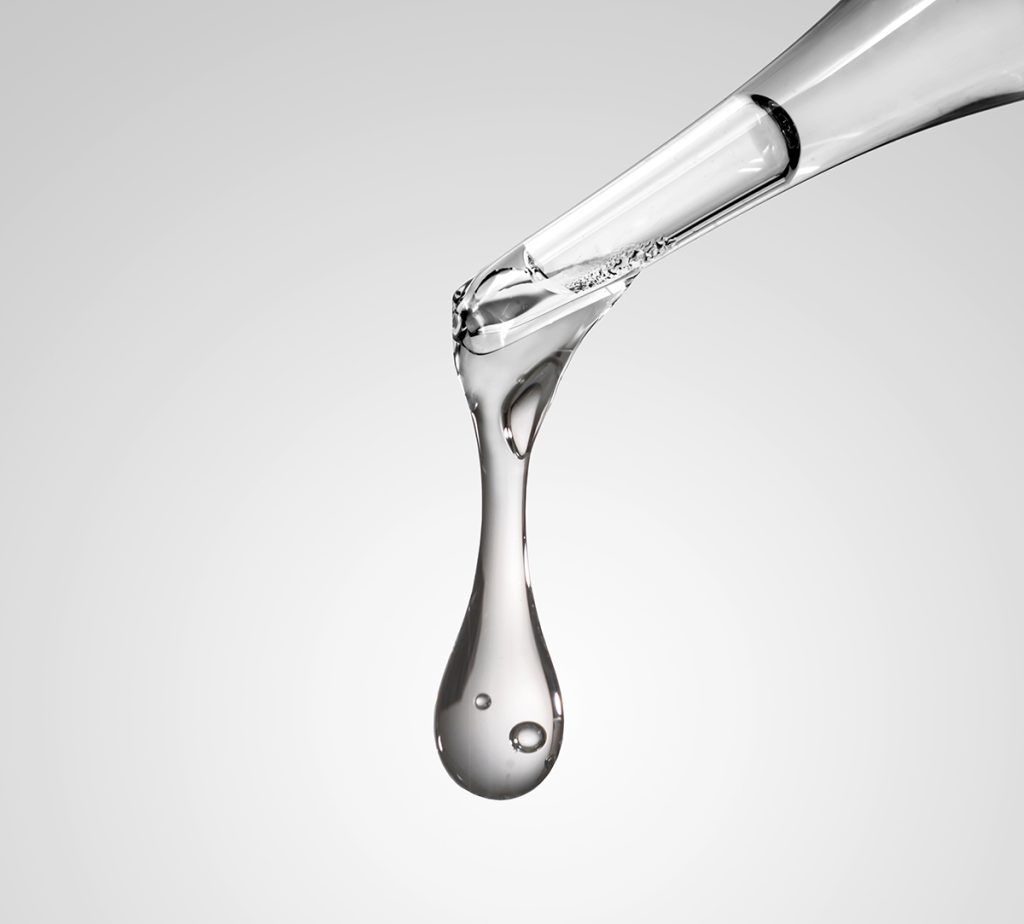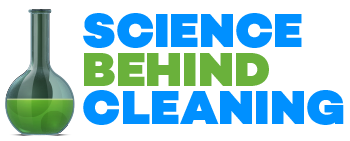
Consumers who purchase cleaning products expect to receive and use a quality product that remains useable for several months after the initial purchase date. Accordingly, when developing a new cleaning product, a key consideration is how long the product will remain stable on the store shelves and in consumer households. Many consumer products are designed to be stable for at least two years following manufacture.
In order to meet this time frame, most products contain low levels of materials called preservatives. Preservatives are chemicals added to a product to help prevent decay and spoilage of the product that render the product un-useable and possibly dangerous.
Preservatives are used in almost all liquid cleaners and some dry products as well. Preservatives help to ensure the long-term stability of products sitting on store shelves and kept for use in homes.
Preservatives added to formulated products inhibit bacterial and fungal growth. Bacteria and fungi exist almost everywhere and grow wherever they find conditions favorable for growth. Unless formulated cleaning products provide extreme conditions, such as pH extremes or very low water content, these products are prone to microbial growth. As cleaning products are formulated to become milder to surfaces and users, the cleaning products inevitably provide favorable conditions for growing microbes that naturally contaminate the product. This growth-positive environment increases the need for cleaning product preservation.
Microbial contamination in a cleaning product leads to numerous problems including the development of malodors, development of abnormal appearance including precipitate, flocculant, color changes, opacity changes and decreased cleaning performance. Performance impacts are the result of the microbes feeding on the product’s surfactants and other active components. The loss of formulation stability may also be due to pH changes from microbial metabolism, and/or the microbes consuming the components required to keep products homogeneous. Microbial contamination can also lead to problems with the product packaging including pressurization that bulges the container, corrosion of metal containers such as aerosol cans, and, in extreme examples, clogging of the product delivery mechanisms by biofilm.
In addition to these aesthetic and product performance concerns, there is also the risk that the contaminated product can be a reservoir of unknown microbial contamination leading to rapid contamination of a freshly cleaned surface.
Preservatives, however, should not be confused with antimicrobial active ingredients used to create disinfectants and sanitizers. Preservatives are included only in amounts sufficient to protect the product itself from microbial contamination; the preservative will not provide any efficacy in a product once diluted to use dilution. Examples of commonly used preservatives are isothiazolones, bronopol, and aldehydes which include formaldehyde releasers and glutaraldehyde. Current trends include a move towards more sustainable options.
